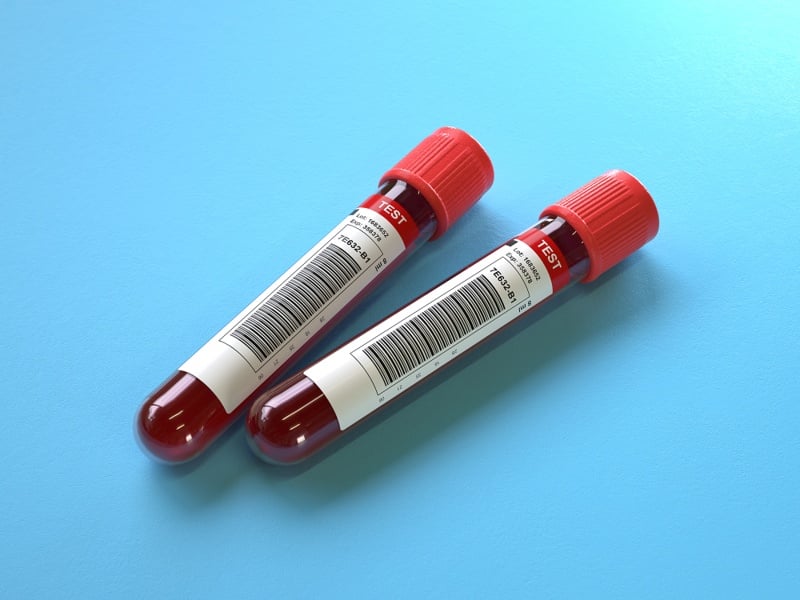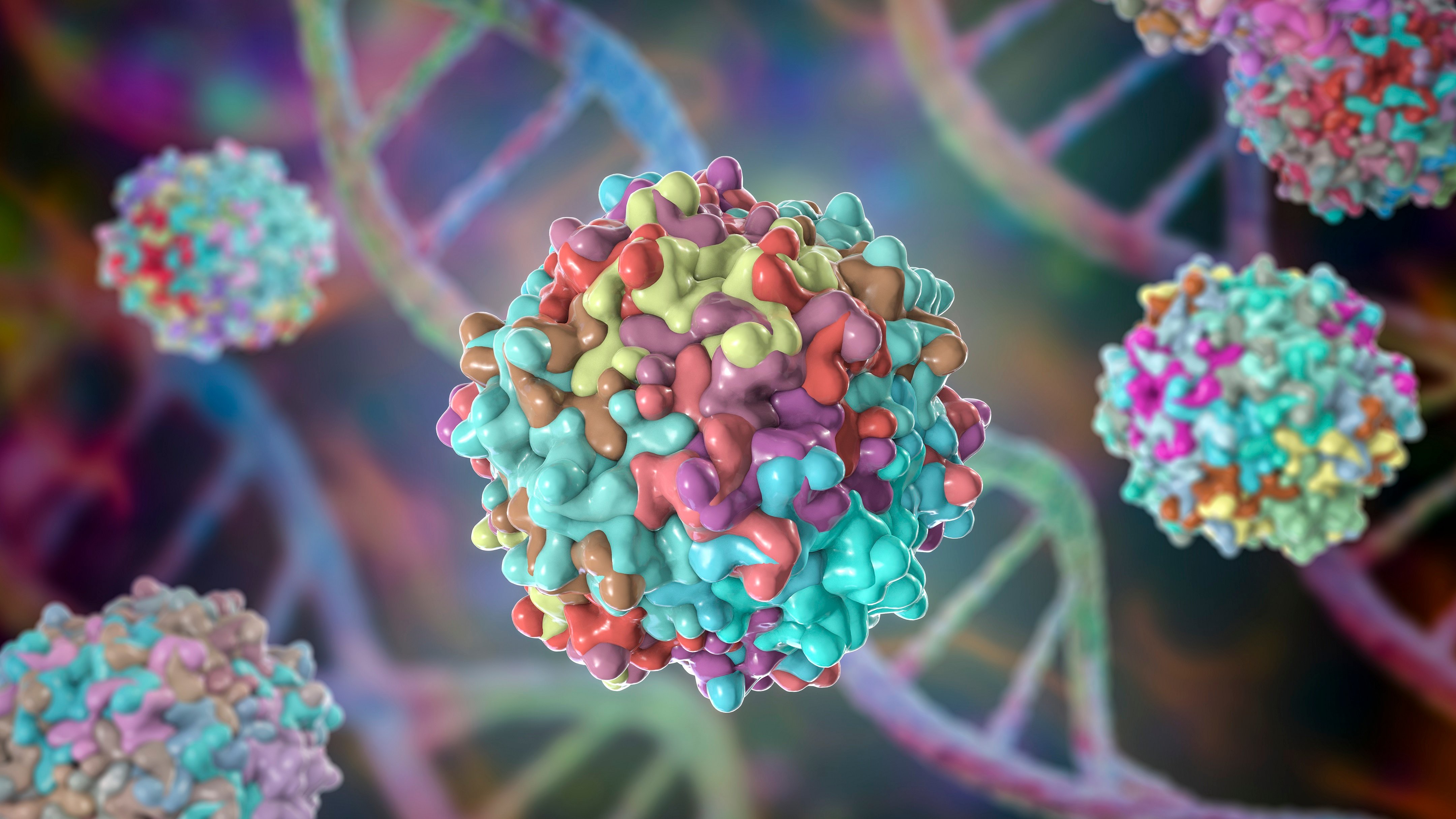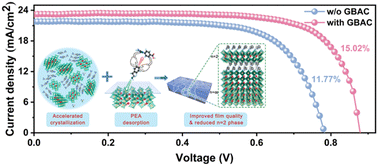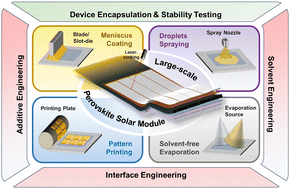Ultrasmall Nanoparticles Mitigate Tau Hyperphosphorylation to Restore Synaptic Integrity and Boost Cognitive Function in Alzheimer's Disease
Advanced Healthcare Materials, EarlyView.

Wogonoside-functionalized ultrasmall Cu2−xSe nanoparticles coated with macrophage membrane (CSPW@CM NPs) traverse the blood–brain barrier under ultrasound assistance to target hippocampal neurons and effectively inhibit USP14-mediated Tau hyperphosphorylation in neurons, restore synaptic integrity, and attenuate cognitive dysfunction in Alzheimer's disease model. This study establishes a promising therapeutic strategy coupling enzymatic regulation of pathological protein clearance with neurorestoration.
Abstract
Tau hyperphosphorylation represents a critical pathological hallmark of Alzheimer's disease (AD), a prevalent neurodegenerative disorder characterized by progressive cognitive decline. The ubiquitin-specific proteases 14 (USP14) impairs proteasomal function and accelerates hyperphosphorylated Tau accumulation, making it an attractive therapeutic target for modulating the ubiquitin-proteasome pathway in AD treatment. In this study, it is reported that wogonoside-functionalized ultrasmall Cu2-xSe nanoparticles (CSPW NPs) significantly reduce hyperphosphorylated Tau accumulation and alleviate AD symptoms. The therapeutic mechanism involves activation of the ubiquitin-proteasome pathway through USP14 inhibition by CSPW NPs, thereby preventing hyperphosphorylated Tau accumulation. Furthermore, after cell membrane coating (CSPW@CM NPs), these nanoparticles efficiently cross the blood–brain barrier with focused ultrasound assistance and accumulate in the brain to target neurons. Within neurons, they inhibit USP14, reduce phosphorylated Tau deposition, enhance microtubule stability, mitigate synaptic loss, restore synaptic integrity, and ultimately alleviate cognitive dysfunction in AD mice. The findings highlight the substantial potential of USP14 modulation for mitigating Tau hyperphosphorylation in the treatment of AD and related tauopathies.



























































![Opinion on medicine for use outside EU: Mosquirix, RTS,S [Portion of P. falciparum circumsporozoite protein fused with hepatitis B surface antigen (RTS), and combined with hepatitis B surface antigen (S)], Malaria, 23/07/2015 Positive opinion](https://www.ema.europa.eu/sites/default/files/styles/oe_bootstrap_theme_medium_no_crop/public/2024-07/EMA_building_202407_v1-copyright-EMA.png?itok=NBYia_Eu)




























































































